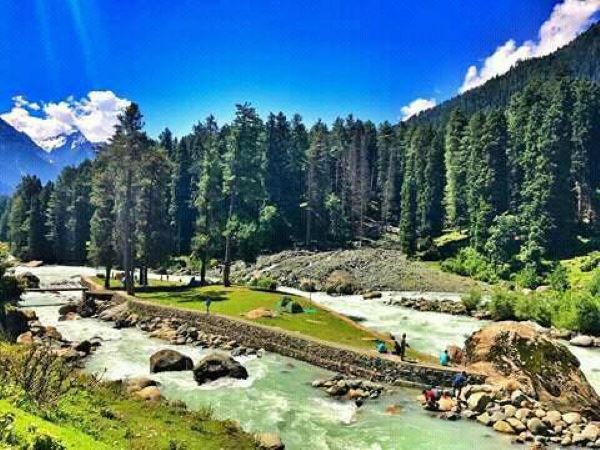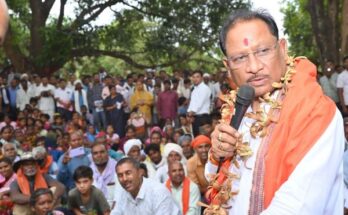
R Krishna Das
The Delimitation Commission will be visiting the Union Territory of Jammu and Kashmir (J&K) from July 6 to July 19 to interact with all stakeholders, including political parties, government officials, and public representatives.
And as hinted, the People’s Alliance for Gupkar Declaration (PAGD) or Gupkar Alliance will be opposing the delimitation for its strategic agenda. One of the leading members of the Alliance, Omar Abdullah had indicated it soon after the historic meeting of Prime Minister Narendra Modi with the political parties of Jammu and Kashmir.
Omar Abdullah told reporters, “Why has Jammu and Kashmir been singled out for delimitation? We said delimitation was not needed. In other states, delimitation will be taken up in 2026, why has Jammu and Kashmir been singled out? If August 5 (2019) was to unite the state with India, then the delimitation process defeats the purpose as we are being singled out.”
J&K is not being singled out for delimitation as is being alleged by Omar Abdullah. In the last delimitation (1994-1995) number of seats in the J&K assembly was increased from 76 to 87; in Jammu from 32 to 37 seats and in Kashmir from 42 to 46 seats. There was no census in the state in 1991.
The last time a delimitation exercise took place in the state was also under President’s Rule in1995 in extremely difficult circumstances by the Justice (retired) K.K. Gupta Commission. The Constitution provides for delimitation every 10 years; the next delimitation of Assembly constituencies should have logically taken place in 2005. However, in 2002, the Farooq Abdullah Government chose to freeze delimitation until 2026 by amending the Jammu and Kashmir Representation of the People Act 1957 and Section 47(3) of the Constitution of J&K.
But delimitation in J&K is necessary now because after losing special status both Lok Sabha and assembly seats are to be demarcated under the Constitution of India whereas earlier the delimitation of assembly seats was governed by the J&K Constitution and J&K Representation of the People Act, 1957. Therefore, a fresh Delimitation Commission was set up in 2020.
One needs to be mindful that the Constitution of J&K, enacted in 1957, was based on the Maharaja’s Constitution of 1939, which was still in force. After accession to India, the State Constituent Assembly was constituted under the 1939 Constitution, but Sheikh Abdullah’s administration arbitrarily carved out 30 seats for Jammu region and43 seats for Kashmir region and two seats for Ladakh region. There is no denying that J&K State Governments of yore were treating Ladakh and Jammu in step motherly fashion despite liberal funds allotted by the Centre.
According to the 2011 census, the total population of Jammu Division was 5,378,538 of which Dogras were the dominant group comprising 62.55per cent of the population. Jammu has 25.93 per cent of the area and 42.89 percent of the population.
Against this Kashmir division or the intermontane Valley population in 2011 was 6,888,475 with 96.40 per cent Muslims. Though it has15.73 per cent of the state’s area, it holds 54.93 per cent of the population.
Ladakh has 58.33 per cent of the area accounting for 2.18per cent of the population, a mere 2,74,289 people reside there of which 46.40per cent are Muslims, 12.11 per cent Hindus and 39.67 per cent Buddhist.
This is, in the main, to correct an inequity and anomaly of regional disparity long suffered by Jammu province, and also provide representation to all reserved categories in the State Assembly. The main grouse of Jammu being that growing imbalance emerging out of the composition of various constituencies would continue.
Another section of thought is that Kashmir claims that it has no Scheduled Castes or Scheduled Tribes while Gujjars, Bakerwals, Gaddis and Sippis were given Scheduled Tribe status in 1991 and constitute 11 per cent of the population but have no political reservation.



